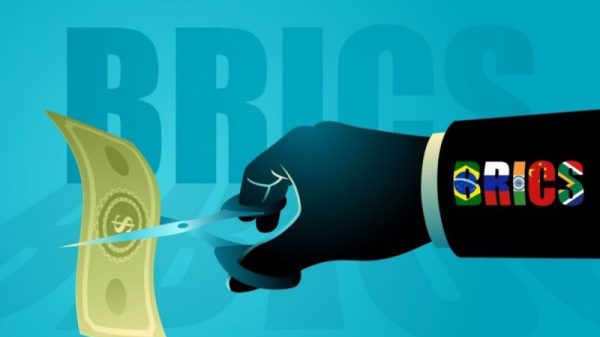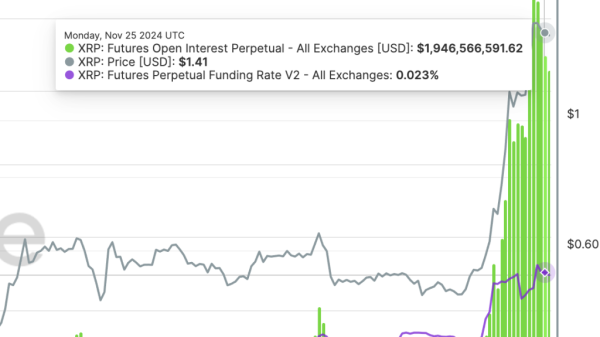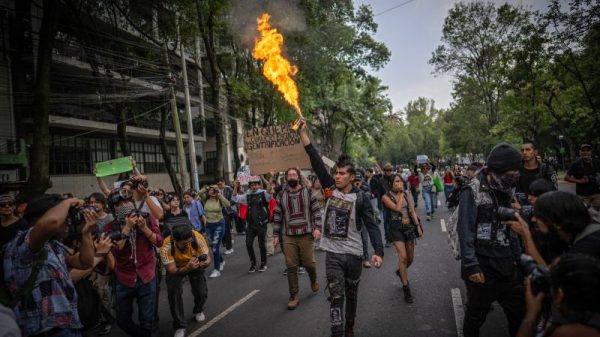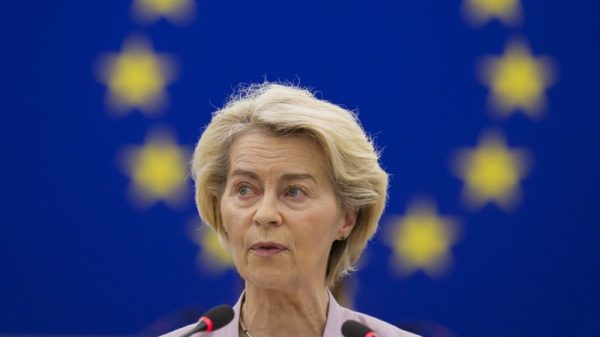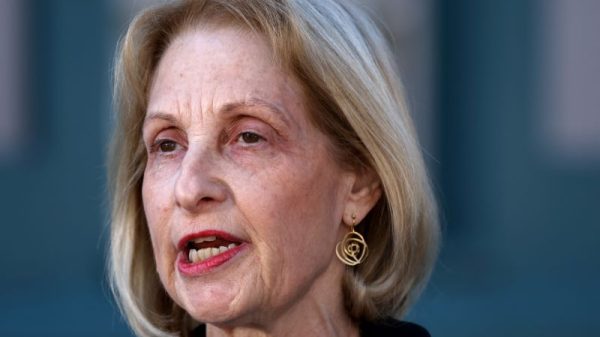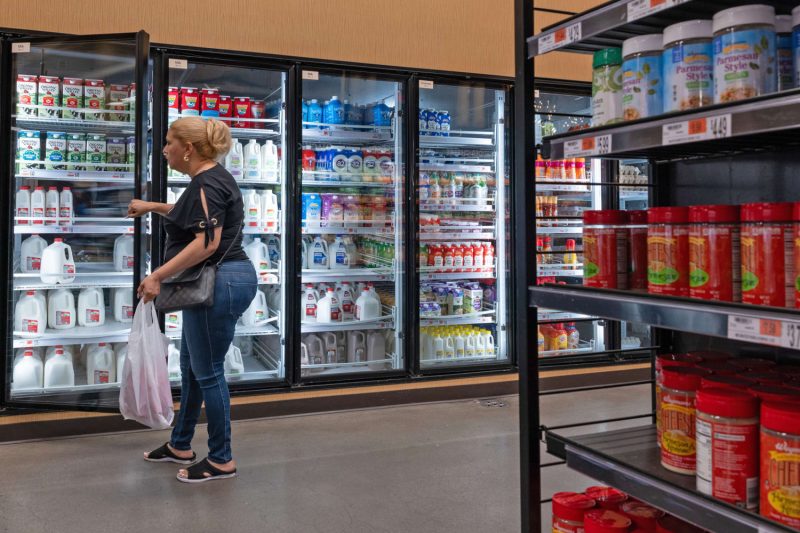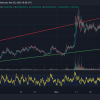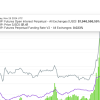The economic landscape in the United States is undergoing transformations, the kind that has far-reaching implications for monetary policy, inflation rates, and the broader economy. The Federal Reserve’s preferred inflation gauge, as reviewed in ‘godzillanewz.com’, shows that inflation cooled slightly compared to the previous year. This shift is a significant indicator that could set the stage for a potential rate cut.
A key metric used by the Federal Reserve (the Fed) to define inflation is the Core Personal Consumption Expenditures Price Index (Core PCE) which excludes volatile food and energy prices. According to recent reports, the Core PCE increased 1.4% year-on-year in January 2022, slightly less than the revised figure of 1.5% uptick in December 2021. This slowdown in inflation is a stark contrast to the previous trend of rising inflation rates that were pushing on multi-decade highs. Therefore, this slowdown provides a slight sense of relief to the economic community.
One of the most notable impacts of this measured inflation cooling is the potential for a rate cut by the Federal Reserve. The slightly decreased inflation rate further fuels the debate surrounding the Fed’s monetary policy. The Fed’s dual mandate is to maximize employment and stabilize prices, and these recent inflation figures could provide the justification for a rate cut. Lowering the federal funds rate stimulates economic growth by encouraging borrowing and investment. On the contrary, raising rates helps to cool down an overheating economy and keep inflation in check.
Part of this economic shift is due to the headwinds created by the ongoing COVID-19 pandemic. The pandemic has caused tightening labor markets and supply chain disruptions, factors that have largely contributed to inflationary pressures. However, the recent decrease in inflation hints at a potential loosening of these factors: an increased labor supply thanks to recovery from the pandemic and improved supply-chain flow.
However, there are several other factors contributing to the inflations debate. Demographics and wage growth are two pivotal factors affecting inflation. Current demographics indicate an ageing population, which usually leads to lower inflation rates. On the other hand, wage growth, which typically boosts inflation, has been lagging, primarily due to the effects of the pandemic.
Furthermore, the Fed’s easy monetary policy also has its role to play in this scenario, which has generally resulted in lower interest rates. This policy has also been a critical driver of asset price inflation over the recent years, such as in real estate and the stock markets. However, the slight decrease in inflation could provide grounds for the Fed to reconsider its stance on the monetary policy.
In the face of cooling inflation, an inevitable question arises, whether the Federal Reserve should cut rates in response. But it’s important to remember that deciding on a rate cut isn’t as straightforward as reacting to decreased inflation. The Fed has to factor in a multitude of economic considerations, including unemployment levels, overall output, potential for a recession, and international monetary factors.
Therefore, in conclusion, the slight cooling in the Fed’s key inflation measure is a significant development in the US’s economic landscape. It brings the possibility of a rate cut into sharper focus and opens up a debate about suitable monetary measures. However, the decision on whether or not to



